One of the most interesting facts about many of the more renowned Renaissance artists in history is that they were multi-talented.
We all know that Leonardo da Vinci (1452-1519) was a polymath who had a range of talents unmatched by any other human being on the planet, but he wasn’t the only one.
Michelangelo was mainly a sculptor but also an incredible painter and architect. Raphael (1483-1520) was a marvelous painter who designed multiple Renaissance buildings as well.
In this article, you’ll discover some of the most interesting facts about Villa Madama, one of the buildings designed by a master of the High Renaissance.
1. It’s a rural palace located in northwestern Rome
Villa Madama is the name of a palace located in a hilly and green area in what is today the northwestern part of Rome. The city has expanded so much over the centuries that it stretches way further than this rural palace.
Just north of the villa, you can find the Foro Italico, the large sports complex that was constructed on the slopes of Monte Mario during Italy’s fascist era in the 1920s and 1930s. The centerpiece of this complex is the Stadio Olimpico.
Vatican City is just a few kilometers south of the villa and the historical heart is situated across the Tiber River at a similar distance to the southeast.
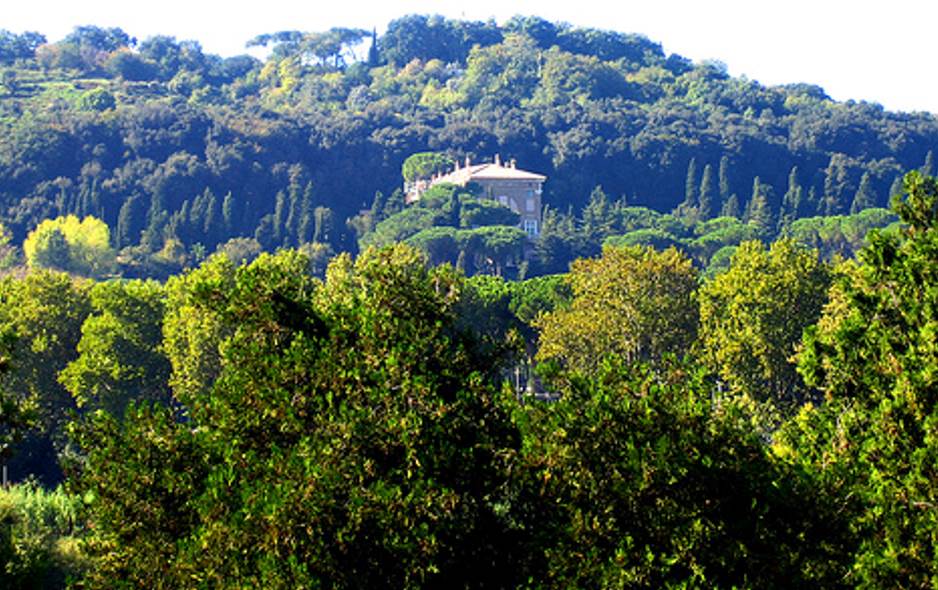
2. It was commissioned from Raphael by a rich Cardinal in the year 1518
The High Renaissance reached its peak in the first decades of the 16th century, a time that multiple of the greatest minds in history worked together in Rome.
He was already one of the most renowned artists and at the height of his career when Cardinal Giulio de’ Medici (1478-1534) commissioned Raphael to design an opulent villa o the outskirts of Rome in 1518.
The cardinal was the cousin of Pope Leo X and a member of the powerful and rich Medici family. The cardinal became Pope Clement VII in 1523, just before the villa was completed in 1525, and held this position until he passed away in 1534.
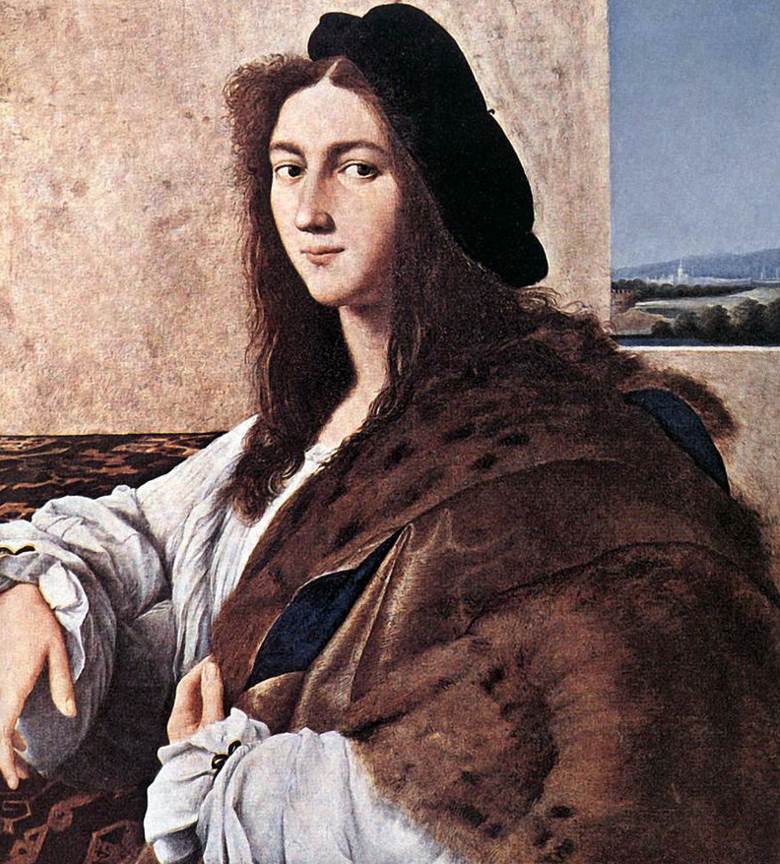
3. The building was continued by one of Raphael’s colleagues after his death
The artist didn’t live to see the villa completed because he passed away in 1520 after catching the flu while working in Rome. Raphael’s death came as an immense shock to everybody in the city and he was awarded a grandiose funeral and burial at the Pantheon.
What’s remarkable is that Raphael is best known as a painter, producing numerous amazing paintings during his relatively short career. He was, however, also a renowned architect who was appointed as the head architect of St. Peter’s Basilica following the death of Donato Bramante in 1514.
He worked together with his colleague, Antonio da Sangallo the Younger (1484-1546) on the largest church in the world and he was the man who continued work on Villa Madama.
The villa was completed in 1525 but ended up being severely damaged just a few years later during the Sack of Rome in 1527. Parts of the building were reconstructed but it was never really completed.
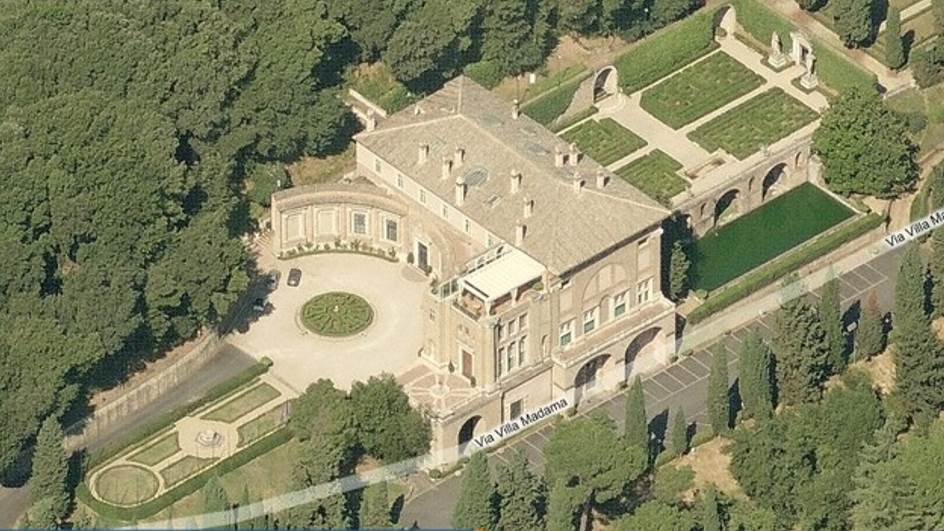
4. The building was constructed to revive an ancient Roman tradition
One of the most interesting facts about Villa Madama was that it was one of the first suburban villas that were constructed in Rome.
Everything done during the Renaissance was the revive the classical era and improve upon it. Rich people in ancient Rome also constructed opulent mansions just outside of the crowded villa to have parties and enjoy life.
Many villas that matched and outdid the villas of antiquity were constructed later. The Villa Borghese, now home to the Galleria Borghese, is one great example of a villa constructed about a century later.
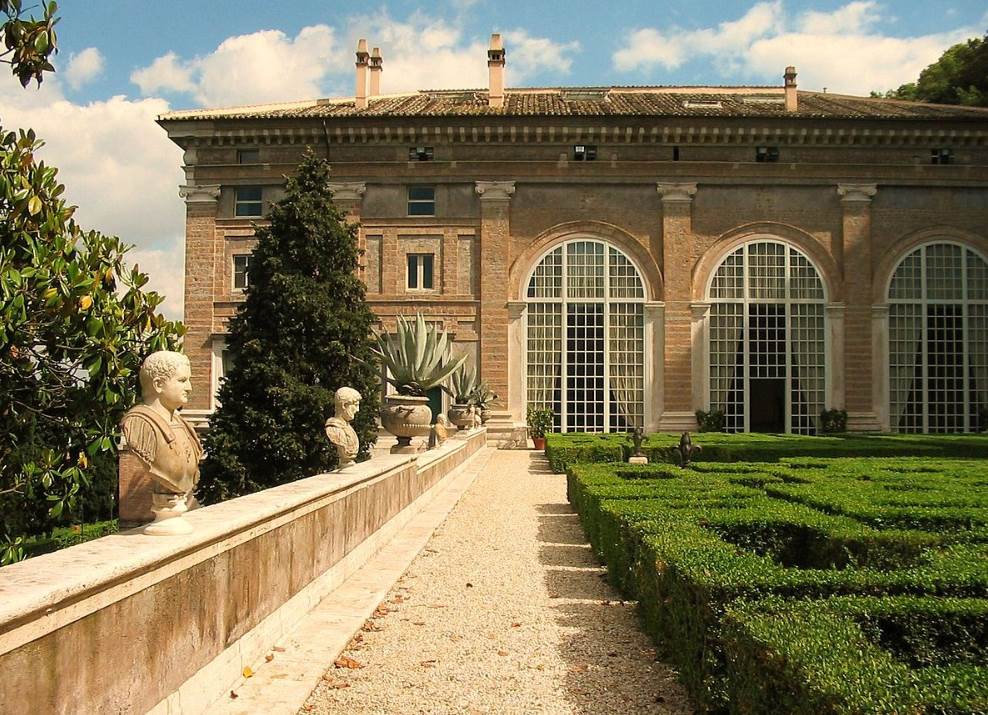
5. The design of the building was extremely influential for other architects
Antonio da Sangallo the Younger completed the construction of the villa according to the plans drawn out by his colleague and friend Raphael.
Some of the main features of the villa are:
- A circular courtyard is surrounded by formal gardens.
- An open-air theater that had to be excavated from the hillside.
- A terraced garden that provides stunning views from the Tiber River.
One of the most influential features of the villa is the garden loggia, an element that was first introduced into a residential building here and which was replicated by numerous architects later.
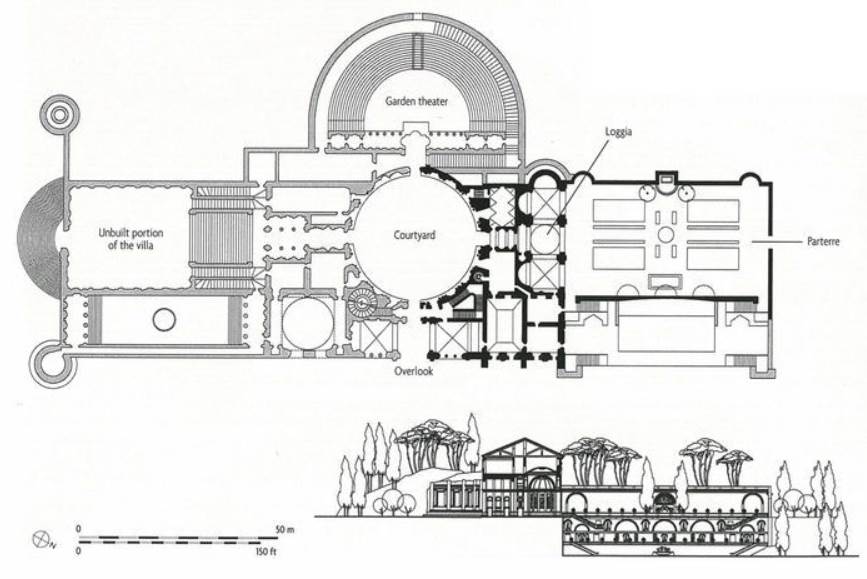
6. The interior design resembles that of an infamous Roman Emperor”s palace
An entire team of artists was hired to decorate the interior of the building. Cardinal Giulio de’ Medici had great plans but he wanted parts of it to resemble that of the Domus Aurea.
This was infamous Roman Emperor Nero’s Golden House which had only recently been excavated at the time. Multiple Renaissance artists were lowered into the ruins of this incredible structure to study its frescoes and reliefs.
Italian artist and architect Giovanni da Udine (1487-1564) was hired to produce bas-reliefs made in stucco to decorate Villa Madam, based on those inside the Golden House.
Apart from the reliefs, the frescoes inside the “Salone” of the villa are simply magnificent.
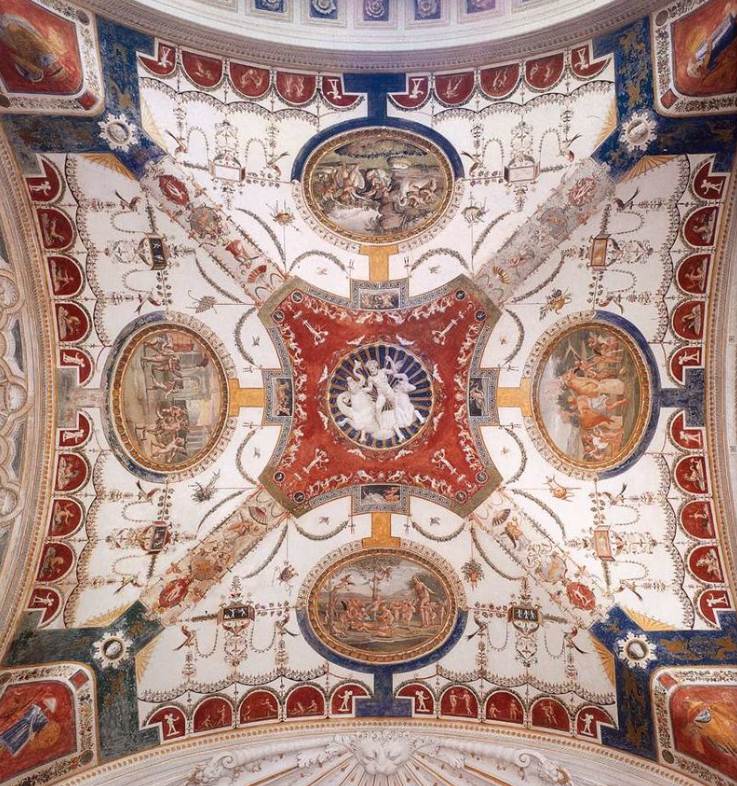
7. Why is the building called the “Villa Madama?”
The villa was named after Margaret of Austria (1522-1586), the illegitimate daughter of Holy Roman Emperor Charles V (1500-1558).
She married a member of the Medici family named Duke Alessandro, Lord of Florence (1510-1537), who named the villa in her honor.
The property was passed on to the Farnese family later on in the 16th century and eventually became the property of the Italian state in the 20th century.
Remarkably, Villa Madama isn’t the only structure in Rome named after Margaret of Austria. Palazzo Madama, right next to Piazza Navona, was also named in her honor.

8. The villa is still used for important events today
The villa was first leased to the Italian Ministry for Foreign Affairs in the 1920s and ûrchased by Benito Mussolini in 1941. After all, his Foro Italica is located just north of it.
Today, the building is owned by the Italian Government and is used for welcoming guests during state visits and for official press conferences.
You can visit Raphael’s masterpiece but you’ll need special approval from the Ministry of Foreign Affairs to do so.



